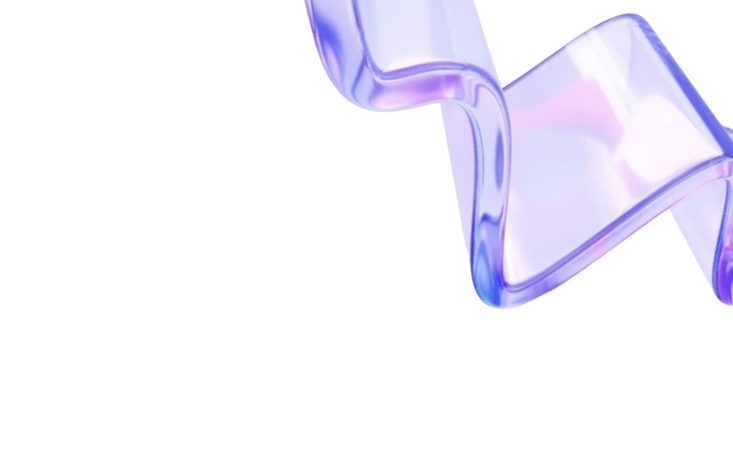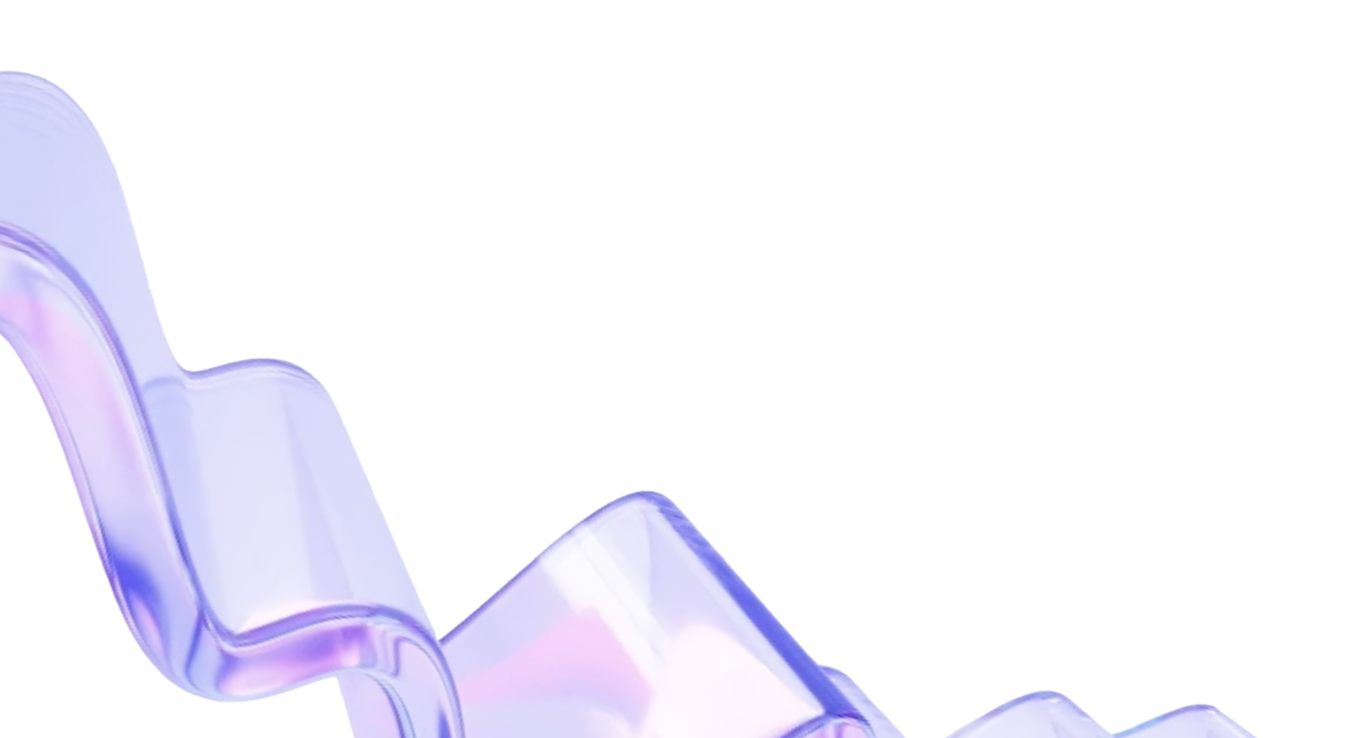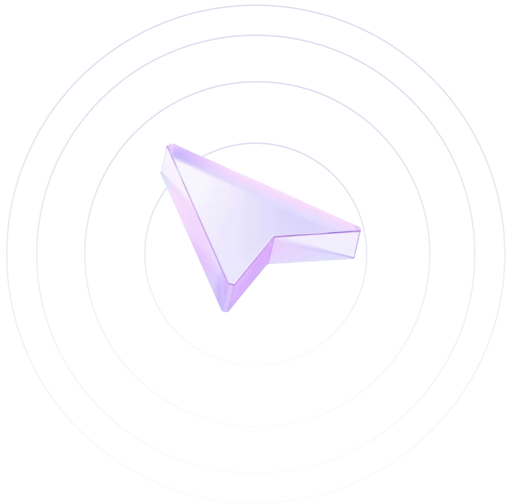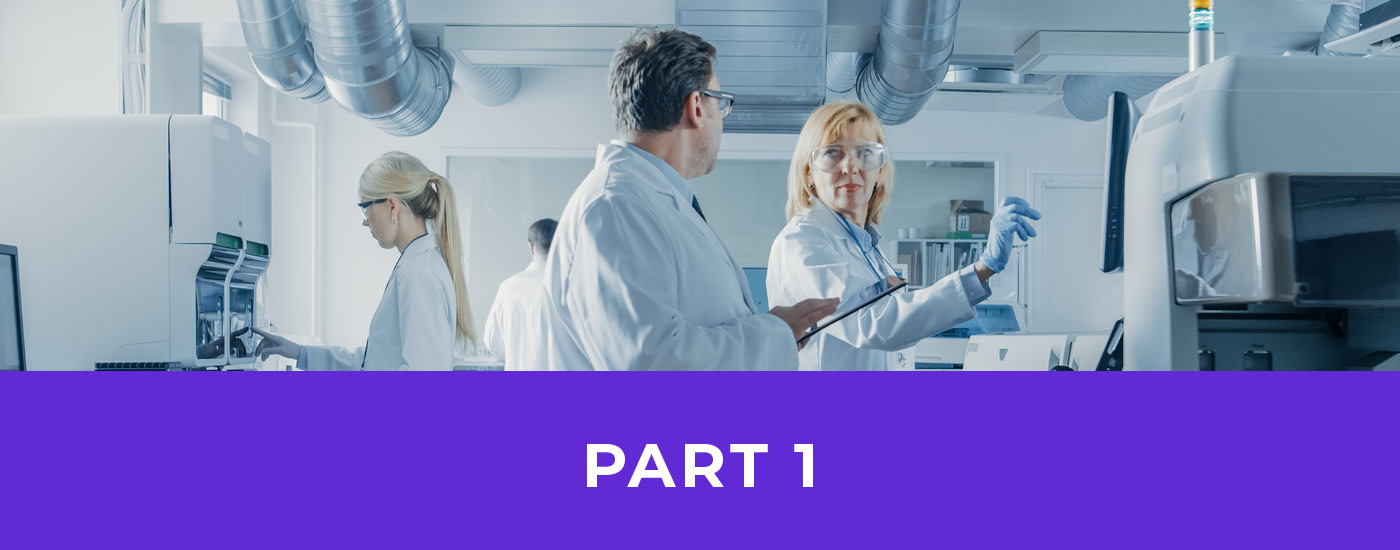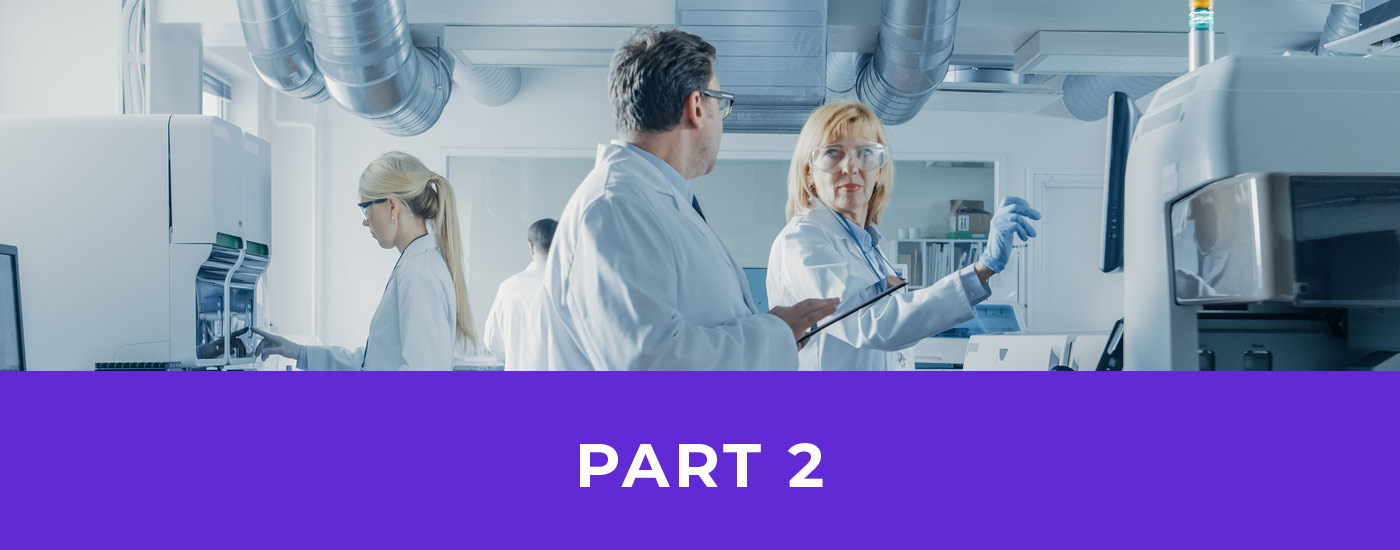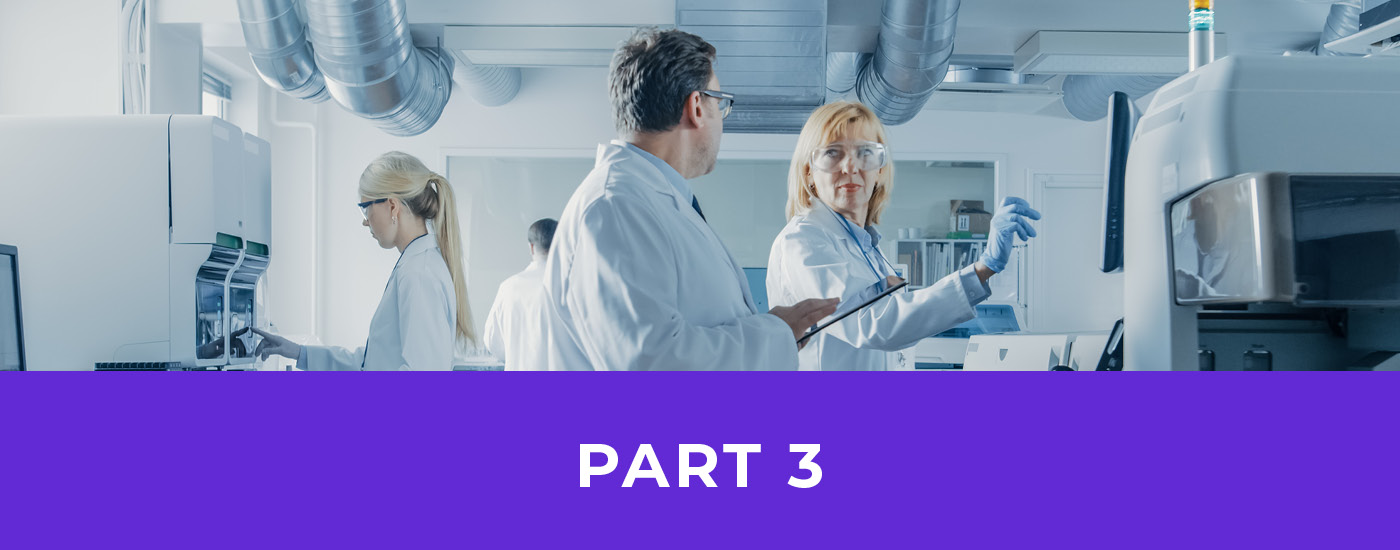- Blog
IoT Data Visualization: Transforming Raw Data into Actionable Insights
IoT devices generate massive amounts of data, but making sense of it all can be challenging. IoT data visualization solves this problem by turning complex information into clear, actionable insights. It presents data in visually appealing formats, allowing businesses to quickly spot trends and anomalies. These tools offer user-friendly interfaces and advanced analytics capabilities, making it easy for teams to extract valuable insights.
With the right IoT data visualization platform, you can unlock the full potential of your connected devices and gain a competitive edge. Discover how these tools can help your business make smarter, data-driven decisions and boost operational efficiency.
Understanding IoT Data Visualization
Let’s explore why IoT data visualization matters and how it can benefit your organization.
What is Data Visualization in IoT?
IoT data visualization turns complex information from connected devices into charts, graphs, and interactive dashboards that help users quickly spot patterns, trends, and relationships in large datasets. It’s like translating a dense technical manual into a user-friendly infographic—suddenly, the information becomes much more accessible and actionable.
The Importance of Visualizing IoT Data
Visualizing IoT data offers several key advantages for businesses:
- Faster decision-making: Visual representations help you quickly identify critical information, leading to more timely and better informed choices.
- Improved pattern recognition: Graphs and charts make it easier to spot trends and anomalies that might go unnoticed in raw data.
- Enhanced communication: Visual data is more accessible to non-technical team members, fostering better collaboration across departments.
- Increased efficiency: Well-designed visualizations streamline data analysis, saving valuable time and resources.
Key Components of Effective IoT Data Visualization
To create impactful IoT data visualizations, focus on these essential elements:
- Real-time updates: IoT data often requires immediate attention. Make sure your visualizations reflect the most current information available.
- Interactivity: Give users the ability to explore data by zooming, filtering, and drilling down into specific details.
- Scalability: As your IoT network grows, your visualization tools should handle increasing data volumes without slowing down.
- Context-awareness: Provide relevant context, such as historical data or industry benchmarks, to help users interpret the information correctly.
IoT Data Analytics and Visualization Techniques
The expansion of IoT networks has created a growing demand for sophisticated analytics and visualization techniques. These tools are essential for organizations looking to extract valuable insights from large volumes of data. Several key approaches are currently shaping the future of IoT data analysis.
Hopara integrates these advanced techniques, providing users with powerful tools for real-time analysis, predictive insights, and pattern recognition. The combination of these capabilities with user-friendly interfaces allows Hopara to help organizations maximize the potential of their IoT data, driving innovation and operational efficiency across various industries.
Real-time Data Streaming and Visualization
Real-time data streaming is a critical component for IoT applications that require immediate action. Modern visualization platforms can process and display information as it’s generated, allowing for quick responses to changing conditions. In manufacturing, for example, real-time visualizations can highlight issues on production lines, giving managers the opportunity to address problems before they become more serious. This capability is particularly important in industries where downtime can result in significant financial losses.
Predictive Analytics in IoT Visualization
Predictive analytics takes IoT data visualization to the next level by forecasting future trends based on historical and current data. These tools incorporate machine learning algorithms to identify patterns that might be missed by human observers.
One notable application is predictive maintenance in industrial settings, which can anticipate equipment failures and reduce unexpected downtime and maintenance expenses. Research from McKinsey indicates that predictive maintenance can cut maintenance costs by 10-40% and decrease downtime by 50%.
Machine Learning for Pattern Recognition in IoT Data
Machine learning algorithms are particularly effective at recognizing complex patterns in large datasets. When applied to IoT data, these techniques can uncover hidden insights and anomalies. In smart cities, for instance, machine learning can analyze traffic patterns to optimize signal timing and reduce congestion. A real-world example of this is the City of Pittsburgh, which implemented an AI-driven traffic management system that successfully reduced travel time by 25%.
Challenges in IoT Data Visualization
IoT networks are expanding rapidly, and organizations are encountering several obstacles when it comes to effectively visualizing and interpreting the massive amounts of data generated. Overcoming these challenges requires a mix of cutting-edge technology and strategic planning. Platforms like Hopara are specifically designed to address these issues, offering scalable, secure, and integrative solutions for IoT data visualization. Schedule a demo to learn more.
Handling Large Volumes of Real-time Data
A major challenge in IoT data visualization is managing the immense volume of information produced by connected devices. Millions of sensors continuously transmit data, often overwhelming traditional visualization tools. This flood of information can result in delays and outdated insights. To tackle this issue, companies need scalable solutions capable of processing and visualizing data in real time without sacrificing performance.
Ensuring Data Security and Privacy
IoT devices collect increasingly sensitive information, making data protection crucial. Visualization platforms must incorporate strong security measures to guard against unauthorized access and data breaches. These include encryption, secure authentication protocols, and adherence to data protection regulations such as GDPR. Research from Gartner suggests that 75% of data will be processed outside traditional centralized data centers by 2025, emphasizing the need for enhanced security in IoT data visualization.
Integrating Data from Multiple IoT Sources
IoT ecosystems typically include devices from various manufacturers, each with unique data formats and communication protocols. Combining these diverse data streams into a coherent visualization can be challenging. Organizations require platforms that can standardize and harmonize data from multiple sources to create meaningful, unified visualizations. This challenge is particularly evident in sectors like smart cities, where data from traffic sensors, weather stations, and public transport systems must be merged to provide actionable insights.
Real-Time Data Visualization Platform for
IoTLife SciencesData LakesManufacturing
-
Interactive 3D Models
Add relevant context such as floor plans, technical drawings, and maps
-
Semantic Zoom Capability
Effortlessly navigate and drill-down between different levels of detail
-
Configurable Dashboards
Design visualizations exactly how you’d like to see them
Choosing the Right IoT Data Visualization Platform
Picking a suitable IoT data visualization platform is essential for getting the most out of your connected devices. Given the many choices available, it’s important to know which features to prioritize and how to best implement these tools within your company.
Key Features to Look for in a Visualization Tool
When assessing IoT data visualization platforms, keep these crucial features in mind:
- Scalability to manage increasing data volumes
- Real-time capabilities for processing and visualizing data instantly
- Customization options for dashboards and reporting
- Integration with current systems and data sources
- Security measures and compliance with data protection rules
- User-friendly interface for both technical and non-technical staff
Hopara: A Comprehensive Solution for IoT Data Visualization
Hopara provides a robust platform designed to handle the complex needs of IoT data visualization. Its easy-to-use interface allows users to build custom dashboards and reports without extensive technical expertise. The platform processes data in real time, ensuring that you’re always working with the latest information, which leads to quicker and better-informed decisions.
Hopara’s advanced features, such as predictive analytics and machine learning integration, help organizations spot hidden patterns and trends in their IoT data. This capability is particularly useful in industries like manufacturing and pharmaceuticals, where catching anomalies early can prevent expensive downtime or quality issues.
Implementing IoT Visualization in Your Organization
To effectively implement IoT data visualization:
- Determine your specific needs and goals.
- Make sure your IT infrastructure can support the chosen platform.
- Train employees on how to use the visualization tools.
- Begin with a pilot project to test the platform’s abilities.
- Regularly collect feedback and improve your approach.
Keep in mind that successful implementation depends on aligning the visualization platform with your organization’s objectives and processes. Selecting the right tool and implementing it effectively can transform your IoT data into a valuable asset for driving innovation and boosting operational efficiency.
Conclusion
IoT data visualization has become essential for companies looking to make the most of their connected devices. These platforms turn complicated data streams into clear, useful insights, helping businesses make quicker decisions, run more efficiently, and come up with new ideas across various industries. As IoT networks grow larger, being able to visualize and analyze data effectively will be even more important for staying ahead of the competition.
Hopara’s all-in-one platform tackles the main challenges of IoT data visualization, offering solutions that can grow with your business and keep your data safe while being easy to use for both technical experts and beginners. Using advanced analytics, real-time processing, and customizable dashboards, companies can get the full value from their IoT investments. Schedule a demo now to see how Hopara can help your company turn IoT data into a valuable asset, driving growth and new ideas in an increasingly connected business world.
Real-Time Data Visualization Platform for
IoTLife SciencesData LakesManufacturing
-
Interactive 3D Models
Add relevant context such as floor plans, technical drawings, and maps
-
Semantic Zoom Capability
Effortlessly navigate and drill-down between different levels of detail
-
Configurable Dashboards
Design visualizations exactly how you’d like to see them
FAQs
How does IoT data visualization improve operational efficiency?
IoT data visualization boosts operational efficiency through the clear presentation of complex information. Teams can quickly spot bottlenecks, streamline processes, and make informed choices. In factories, visualizing production data helps managers identify and fix inefficiencies, leading to higher output and less waste. This approach also enables predictive maintenance, which reduces unexpected downtime and extends equipment life.
What are the best practices for implementing IoT data visualization in small businesses?
Small businesses should start IoT data visualization with specific goals and a focused strategy. First, determine key performance indicators (KPIs) that match your business objectives. Select a flexible platform with easy-to-use interfaces that works well with your current systems. Make sure to train your staff on using the visualization tools effectively. Begin with a test project to evaluate the implementation and get feedback. Continuously assess and adjust your visualization approach to keep up with your changing business requirements.
How can IoT data visualization enhance customer experience?
IoT data visualization improves customer experience by offering insights into user habits and preferences. Stores can use it to map out foot traffic, optimizing layout and product displays. Hotels can personalize guest stays by visualizing data from smart room controls. Companies can also anticipate customer needs, offer timely support, and create more targeted marketing plans. These efforts lead to happier, more loyal customers.
What role does AI play in advancing IoT data visualization?
AI is pushing IoT data visualization forward, making it more powerful and precise. AI algorithms can spot patterns and unusual events in large IoT datasets, showing them in easy-to-understand visual formats. Machine learning models can forecast future trends based on past data, allowing businesses to take early action. AI-powered language processing lets users interact with visualizations using voice or text, making data exploration easier for non-experts. As AI grows, we’ll likely see even more advanced and user-friendly IoT data visualization tools.
How does IoT data visualization contribute to sustainability efforts?
IoT data visualization helps sustainability by showing clear information about resource use and environmental effects. Smart building systems can display energy consumption patterns, helping managers find ways to cut down on energy use. Farmers can use IoT sensors and data visualization to optimize water and fertilizer usage. Cities can monitor air quality, manage traffic, and lower carbon emissions using IoT data visualization. This technology makes environmental data easy to understand, encouraging organizations and individuals to make greener choices.
Want to learn more how Hopara can help you?
